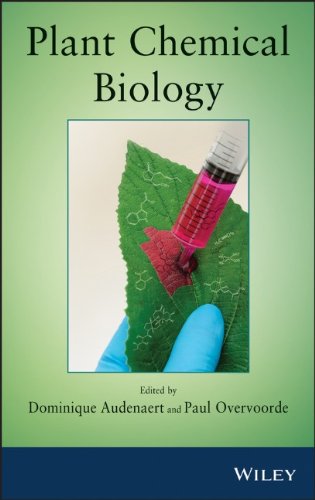

Most ebook files are in PDF format, so you can easily read them using various software such as Foxit Reader or directly on the Google Chrome browser.
Some ebook files are released by publishers in other formats such as .awz, .mobi, .epub, .fb2, etc. You may need to install specific software to read these formats on mobile/PC, such as Calibre.
Please read the tutorial at this link: https://ebookbell.com/faq
We offer FREE conversion to the popular formats you request; however, this may take some time. Therefore, right after payment, please email us, and we will try to provide the service as quickly as possible.
For some exceptional file formats or broken links (if any), please refrain from opening any disputes. Instead, email us first, and we will try to assist within a maximum of 6 hours.
EbookBell Team

5.0
48 reviewsDemonstrates how advances in plant chemical biology can translate to field applications
With contributions from a team of leading researchers and pioneers in the field, this book explains how chemical biology is used as a tool to enhance our understanding of plant biology. Readers are introduced to a variety of chemical biology studies that have provided novel insights into plant physiology and plant cellular processes. Moreover, they will discover that chemical biology not only leads to a better understanding of the underlying mechanisms of plant biology, but also the development of practical applications. For example, the authors discuss small molecules that can be used to identify targets of herbicides and develop new herbicides and plant growth regulators.
The book begins with a historical perspective on plant chemical biology. Next, the authors introduce the chemical biology toolbox needed to perform successful studies, with chapters covering:
Based on the latest findings and extensively referenced, the book explores available compound collections, principles of assay design, and the use of new research tools for the development of new applications.
Plant Chemical Biology is recommended for students and professionals in all facets of plant biology, including molecular biology, physiology, biochemistry, agriculture, horticulture, and agronomy. All readers will discover new approaches that can lead to the development of a healthier and more plentiful global food supply.Content:
Chapter 1.1 From Herbal Remedies to Cutting‐Edge Science (pages 1–17): Michelle Q. Brown, Abel Rosado and Natasha V. Raikhel
Chapter 2.1 Compound Collections (pages 19–39): Reg Richardson
Chapter 2.2 Combinator